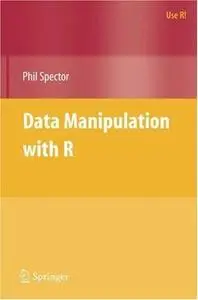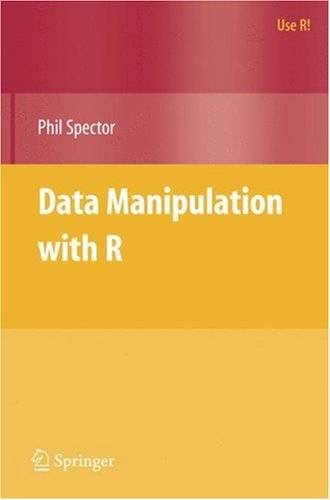Phil Spector “Data Manipulation with R "
Springer | 2008-03-19 | ISBN: 0387747303 | 154 pages | PDF | 1,1 Mb
Springer | 2008-03-19 | ISBN: 0387747303 | 154 pages | PDF | 1,1 Mb
Since its inception, R has become one of the preeminent programs for statistical computing and data analysis. The ready availability of the program, along with a wide variety of packages and the supportive R community make R an excellent choice for almost any kind of computing task related to statistics. However, many users, especially those with experience in other languages, do not take advantage of the full power of R. Because of the nature of R, solutions that make sense in other languages may not be very efficient in R. This book presents a wide array of methods applicable for reading data into R, and efficiently manipulating that data.
In addition to the built-in functions, a number of readily available packages from CRAN (the Comprehensive R Archive Network) are also covered. All of the methods presented take advantage of the core features of R: vectorization, efficient use of subscripting, and the proper use of the varied functions in R that are provided for common data management tasks.
Most experienced R users discover that, especially when working with large data sets, it may be helpful to use other programs, notably databases, in conjunction with R. Accordingly, the use of databases in R is covered in detail, along with methods for extracting data from spreadsheets and datasets created by other programs. Character manipulation, while sometimes overlooked within R, is also covered in detail, allowing problems that are traditionally solved by scripting languages to be carried out entirely within R. For users with experience in other languages, guidelines for the effective use of programming constructs like loops are provided. Since many statistical modeling and graphics functions need their data presented in a data frame, techniques for converting the output of commonly used functions to data frames are provided throughout the book.
Using a variety of examples based on data sets included with R, along with easily simulated data sets, the book is recommended to anyone using R who wishes to advance from simple examples to practical real-life data manipulation solutions.
–-No mirrors, please–-



